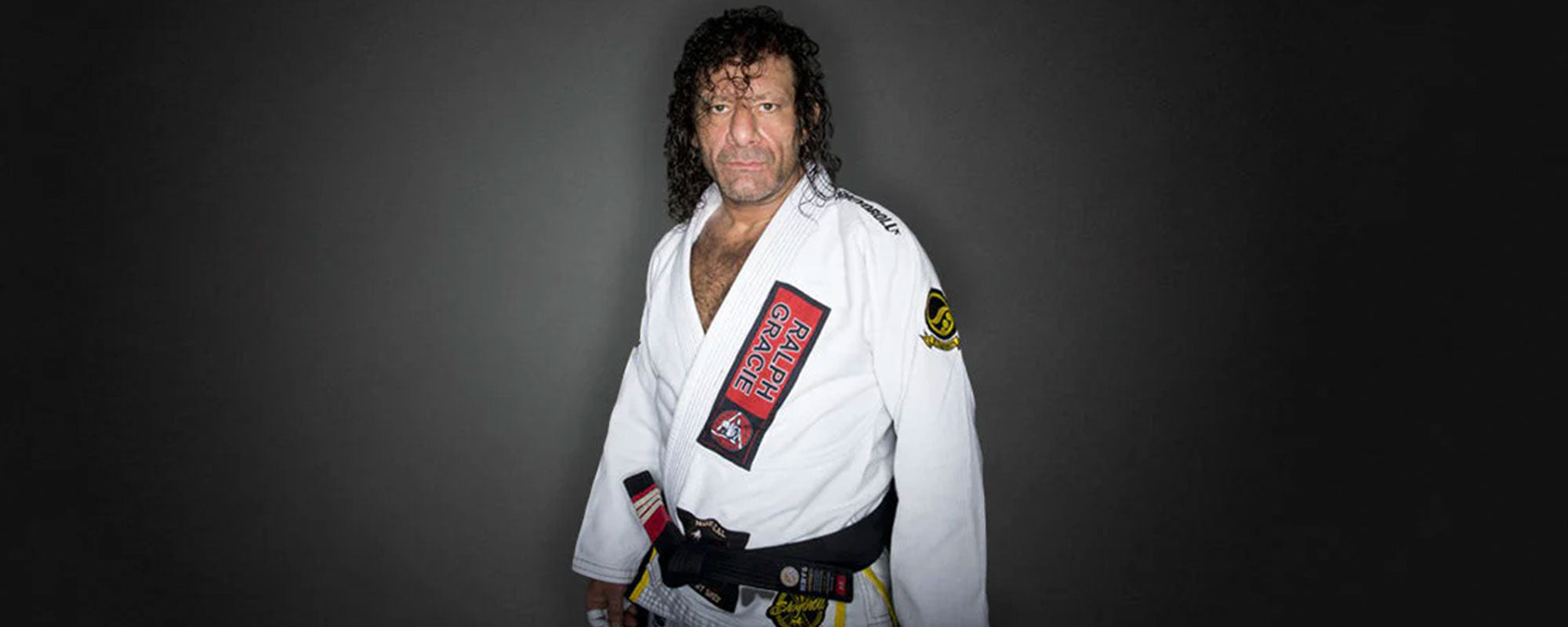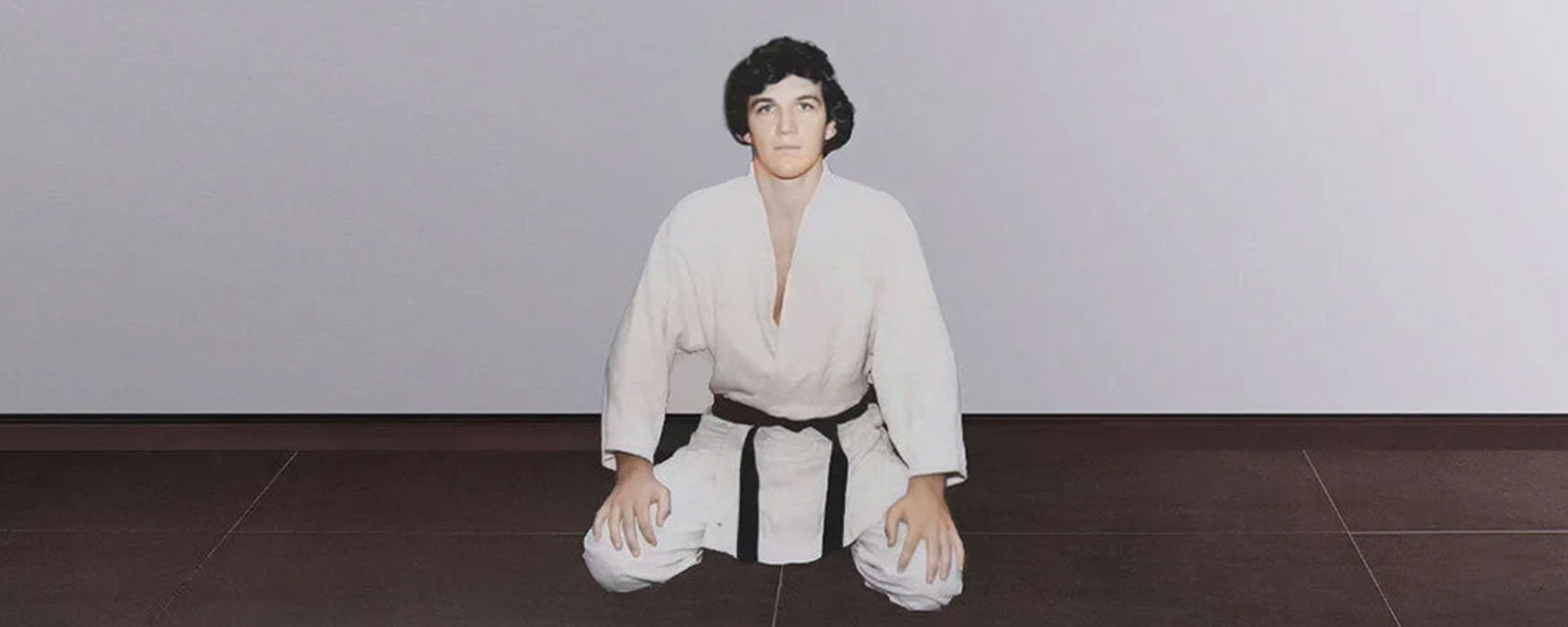Table of content
1. What is BJJ Drilling?
Drilling is defined as any specific movement or technique that is repeated many times to help learn a move properly. Always keep in mind when you are focusing on single movements that you are performing them correctly. You can practice different moves either solo or with a team.
2. Categories
There are two types of BJJ drills. These categories are:
- Movement BJJ Drills.
- Technical BJJ Drills.
Movement BJJ Drills
In movement BJJ drills, when you start practicing a specific technique, you have to start at a slow pace. After practicing a few times, you can increase your movement speed. You can apply movement BJJ drills when you are changing from one technique to another or going for the guard recovery.
Benefits:
- Enhances flexibility.
- Increases your speed.
- Improves your mobility.
- Sharpens the timing of your BJJ movements.
Technical BJJ Drills
In a technical BJJ drill, you just have to focus on a specific technique and start practicing it slowly. When you will perform it slowly, it will help you to focus properly even on the smaller points of the technique.
This includes techniques like submission or guard pass.
Benefits:
- It helps your muscle memory to learn the correct pattern of each technique you practice.
3. Importance of BJJ Drills for White Belts:
Drilling is very important for white belts as they are beginners.
- Improves the techniques and movements.
- Helps in learning new techniques or moves.
- Enhances your strength and conditioning.
- Maintains your speed and consistency.
4. Specific Drills for White belts
The white belt is given to those who are starting to learn Brazilian Jiu-Jitsu. It is the first rank that they are given. This belt indicates that they are new to jiu-jitsu and they have to practice to improve themselves.
There are certain basic drills that you must learn if you have a white belt. These drills include
- Stand Up.
- Rolls.
- Solo Shrimping.
- Bridging.
- Bridge and Hip Escape Combo.
- Sweep.
- Guard Pass Drill.
4.1. Stand up
This technique is used to ensure safety. You can use this technique when you are on your back and when you want to stand up. It is one of the most used drills in jiu-jitsu.
How can you practice the Stand-up drill?
You can follow these steps to practice the stand-up drill:
- Place one of your hands and feet along the bottoms of the matt and move the other hand up.
- Raise your hips to see if you can take out your bottom leg and stand properly.
- You can also perform with your lead hand to prevent your opponent from attacking you.
This technique helps you to start again or reset if you do not have a lot of back strength.
4.2. Shoulder Rolls
It is one of the most basic and enjoyable drills. It is used as part of other techniques as it is just a small step. It is also referred to as “sparring.’’ It increases the efficiency of your performance and improves your strength. Practicing in the correct way can lessen the chances of you getting injured.
Key points for rolling:
- Interact more with your classmates.
- Ask questions.
- Practice and concentrate.
- Cooperate with your partner.
Categories
1. Front Roll
It is the most basic movement. It’s simple and easy to perform. It helps in your body coordination. Simply move your head off the central line so that your shoulder takes your entire body weight.
2. Back Roll
It is also the perfect movement to practice. It will prevent you from defending movements but also improves your body’s balance.
You can perform this movement by using these steps:
- Sit in a position with a straight back and one leg close to your chest.
- Move your legs upward and roll down in a backward direction.
3. Lateral Roll
In this movement, you have to curl your body in a ball and then tuck your chin so that the shoulder bears your entire body weight. It is one of the best moves to increase your guard position recovery.
4. Compass Roll
It is more similar to the lateral roll. For this, you have to start rolling with your knees instead of your hips. Make sure to place your chin in a proper position, otherwise, it can cause serious injury. It increases your increased sg movement.
4.3. Solo Shrimping
The first drill is solo shrimping and is mostly used in Brazilian Jiu-Jitsu fights. You can easily do this drill by yourself. Shrimping involves the movements of the hips. The correct use of the hips helps you get out of different positions that can pin or lock you in place. If you are a white belt, then you can start your training with shrimping.
Shrimping Movements
There are different shrimping movements. Each movement is practiced differently.
- Two-Legged Shrimp Movement.
- Sideways Shrimping.
- Forward Shrimping.
- Reverse Shrimping BJJ.
Two-Legged Shrimp Movement
This is the simplest position. It helps your feet, hands, and hips to coordinate with the rest of the body.
How can you practice the Two-Legged Shrimp Movement?
- Lay down on the mat with your hands up and feet in a straight line.
- Move your body slowly to one side.
- Move your feet close to your hips.
- Move your body forward while moving your hips towards your head.
- Bend your body and try this position on the other side.
Sideways Shrimping
This method helps you to move out under the opponent's pressure.
How you can Practice Sideways Shrimp Movement?
- Lay down on the mat with your head elevated over the mat.
- Rotate your arms from right to left in a rainbow motion.
- Make sure you are not rubbing your elbows on the mat as it may cause injury.
- Start moving your knees also in rainbow motions.
- You are doing this practice correctly if your abs are burning.
- Maintain your momentum while doing arms and leg rainbow movements.
Tip:
- Start this move slowly as the hips can only move a little distance. After a few moments, start practicing at a low speed to help maintain the momentum.
Forward Shrimping
This is one of the most popular techniques for protecting yourself from different locks.
How you can Practice Forward Shrimping Movement?
- Lay straight with a normal back and move to one side.
- Move your hips forward and curl your knees near to your chest.
- Palms play an important role in pushing on the mat.
- Do not move your shoulder and foot, only shift your hips forward.
- You can also shift both the feet and move your hip forward, but for better performance, try to perform on one side with one foot only.
Reverse Shrimping BJJ
This is one of the most effective movements, but it tends to be neglected while practicing jiu-jitsu. It enhances your grappling technique and can protect you from different positions like an armlock, armbar, and sweep.
The reverse shrimping provides you with the best angles for the defending position.
How can you Practice your Reverse Shrimping Movement?
- Lay on the mat with a straight back and legs up.
- Move to one side and pull yourself towards your backside.
- Move-in a way that your hips shift forward by pushing your upper body backward.
- Repeat the same steps for the opposite side.
4.4. Bridging
This technique is a simple technique used in judo, wrestling, and Brazilian Jiu-Jitsu. This is used by athletes to maintain bodily fitness. You can increase your fitness performance by combining it with other drills.
How can you Practice your Bridging drill?
- In this drill, you have to create flexibility in your whole body. If you put pressure on a single spot, it can lead to injury.
- Move your leg straight with your back up.
- Lean your body and bend your body towards your torso to make a curved shape.
- Keep pushing out your shoulders for 10 sec and push them back for the next 10 sec.
You can also perform this by:
- Properly sit on your toes and move your arm on the backside.
- Push your pelvis up.
- You can also put your hands on the chair and can stretch your body.
Importance of BJJ Drills:
- Helps to overcome stress and anxiety.
- Improves flexibility, mobility, and stability.
- Lowers your chronic pains in the knee and joints.
- Enhances performance.
- Increases neck and chest flexibility.
Variation in Bridging Movements
You can learn some new movements by combing two different movements. Some of the variations in bridging movements are:
- Frog pump glute bridge.
- Barbell glute bridge.
- Mini band glute bridge.
- Bench single-leg glute bridge.
- Dumbbell glute bridge.
- Band single-leg glute bridge.
- Standard glute bridge.
- Single-leg glute bridge.
- Bench glute bridge.
4.5. Bridge and hip escape combo
If you are a beginner and have learned the shrimp movement, then you must start practicing with some other movements. One of the best combinations is the bridge and shrimp movement.
How can you practice the BJJ bridge and shrimp movements?
- Extend your legs while lying flat.
- Your heels should be high by moving your feet backward close to your butt.
- Lift your hips high.
- Move on the side and practice 2legged shrimping.
- Flatten out your body and repeat these steps.
4.6. Sweep
This position is important because it disturbs the balance and transitions of your opponent. It holds the opponent by applying pressure so that they cannot take the dominant position. It is most effective for guard players. You can gain an advantage by just learning sweep movements.
The sweep technique includes:
- Scissor Sweep.
- Hip Bump Sweep.
- Flower Sleep.
Scissor Sweep
It is the most effective move for beginners, but it is hard to practice. It takes time to learn this movement so most practitioners skip this technique.
How you can Practice Scissor Sweep Movement?
You can learn the scissor sweep by using these steps:
- Hold the opponent’s collar and sleeves in your guard position.
- Unlock your closed guard by placing your knee on the opponent’s chest.
- Push your opponent, this will put pressure on the opponent.
- Move your feet opposite to your opponent’s knee.
- As one of your knees is holding the opponent’s chest and one leg against. your opponent’s knee, move your legs in a way that they form a scissor pattern.
Hip Bump Sweep
It is another type of sweep. It involves hip movements to hold your opponent’s arm.
How can you Practice Hip Bump Sweep Movement?
Use these steps while performing the hip bump sweep movement
- In your guard position, move your knees towards the opponent’s back so that the opponent puts her/his hands on the mat.
- Unlock your guard position and move your hand beside you on the mat.
- This will move your hips in the position of your arms.
- At that point, rotate your body in the opposite direction so that you can hold the opponent’s arm.
- Move your hips towards your arms.
- Switching will create the sweep and dominate your position.
The Flower Sweep
It is also termed a pendulum sweep. It also uses hip movement to defeat your opponent.
How can you Practise Flower Sweep Movement?
- At the start, hold a forceful grip on the opponent’s outside sleeves.
- Use one hand to hold the bottom of the opponent’s pants.
- Rotate your body in the direction of holding the sleeves.
- After maintaining a proper grip, switch your legs in the direction of holding the sleeves.
- Push that leg in an upward direction and kick your leg on the mat.
4.7. Guard Pass Solo Drill
Guard passing is one of the basic techniques that a beginner can learn. As a while belt, you can easily learn this movement as it is simple to understand. However, it gets tough on higher levels when it is used with different techniques.
Guard Passes
Closed Guard Pass
In this move, you have to focus and concentrate on defeating the opponent.
- When your opponent tries to grab your collar, then you have to use two hands to resist it.
- Then, bend his or her arm towards the back and with your other arm, block the opponent’s hip.
- Stand from the side of the opponent’s arm.
- You have to rotate your grip on the sleeves of the opponent and use your arm to unlock the legs of the opponent.
- You can easily pass from here, it doesn’t matter from which side you start.
Half guard pass
It includes various techniques that can help you easily bypass your opponent’s half guard.
- In this technique, you have to fall on the opponent and underhook.
- Keep the pressure up towards the armpit.
- Move your hand on the opponent’s keg or knee for quick assistance.
- To prevent you from re-guarding again, don’t put your head in the same position as the underhook.
- Since most of the opponent’s knees are up, move your body and toes in the direction of the head so you can lower their knees.
- You can easily unlock your legs from half guard.
- Furthermore, you can use a full mount or a sidearm.
Open guard pass
The most basic pass that you can use is the Toreando pass. It is simple to perform and you can practice it by following these steps:
- You have to hold on to both knees.
- You have to hold the GI more specifically.
- In this step, you have to push the opponent’s knees on the mat and move towards the side to pass.
- Now, you can put your knee on the opponent’s belly or drop down.
5. Tips to Improve your BJJ Drills For White Belts
If you are a beginner, then you need to practice more on your techniques and skills. There are certain tips that you can follow that will help you in your martial arts career.
Be a Comparative Partner
If you work in a team or have a partner, you should always cooperate. Giver your partner proper time to practice the technique and always give them constructive feedback. Be honest with your partner, this will help him or her to work on their weaknesses.
Help them practice in a natural way that will improve their learning. Always create a balance with your partner as this will help give you a better understanding.
Be Consistent and Motivated
Don’t get discouraged, learning martial arts is a long journey and you cannot master every technique in a single day. Don't get upset if you are practising daily but are not learning any specific technique.
Don’t pressurise yourself
Humans are not perfect. If you make a mistake, it’s okay. Those with high-level belts have made many mistakes to reach that point. You have just begun your journey, it will take time.
Don’t burden yourself, give your body rest when needed. If you are tired, make sure to take a break.
6. Final Thoughts
All while belts are beginners that are passionate about learning but don’t have a proper understanding of the learning methods. As a beginner, always take small and slow steps. Learning all these techniques will take time to master. Never compare yourself with others as everyone’s journey is different, so feel free to discover your own body’s limitations.













Leave a comment
This site is protected by hCaptcha and the hCaptcha Privacy Policy and Terms of Service apply.